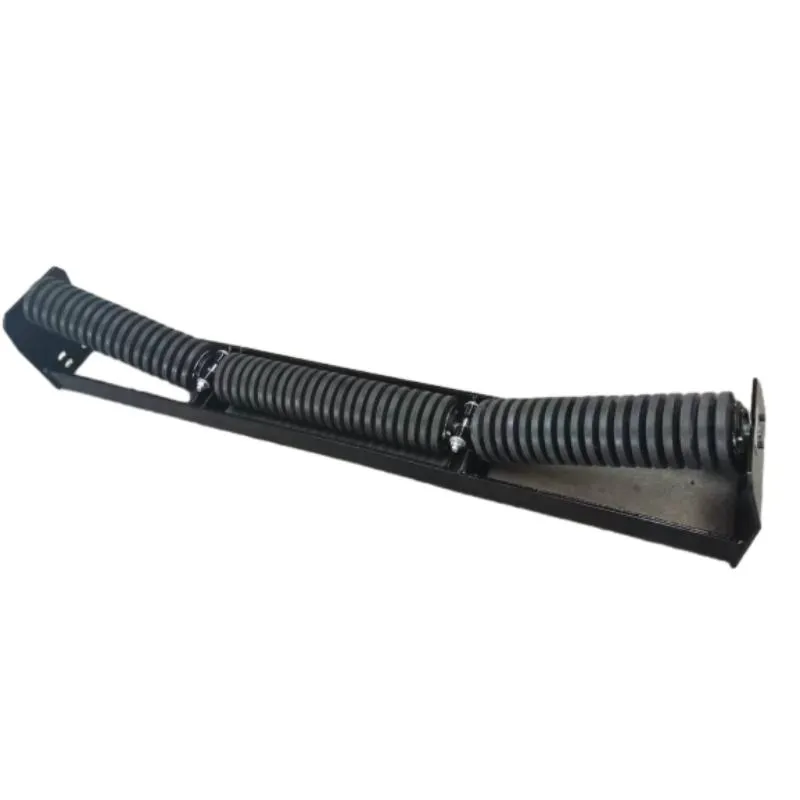 Afrikaans
Afrikaans  Albanian
Albanian  Amharic
Amharic  Arabic
Arabic  Armenian
Armenian  Azerbaijani
Azerbaijani  Basque
Basque  Belarusian
Belarusian  Bengali
Bengali  Bosnian
Bosnian  Bulgarian
Bulgarian  Catalan
Catalan  Cebuano
Cebuano  Corsican
Corsican  Croatian
Croatian  Czech
Czech  Danish
Danish  Dutch
Dutch  English
English  Esperanto
Esperanto  Estonian
Estonian  Finnish
Finnish  French
French  Frisian
Frisian  Galician
Galician  Georgian
Georgian  German
German  Greek
Greek  Gujarati
Gujarati  Haitian Creole
Haitian Creole  hausa
hausa  hawaiian
hawaiian  Hebrew
Hebrew  Hindi
Hindi  Miao
Miao  Hungarian
Hungarian  Icelandic
Icelandic  igbo
igbo  Indonesian
Indonesian  irish
irish  Italian
Italian  Japanese
Japanese  Javanese
Javanese  Kannada
Kannada  kazakh
kazakh  Khmer
Khmer  Rwandese
Rwandese  Korean
Korean  Kurdish
Kurdish  Kyrgyz
Kyrgyz  Lao
Lao  Latin
Latin  Latvian
Latvian  Lithuanian
Lithuanian  Luxembourgish
Luxembourgish  Macedonian
Macedonian  Malgashi
Malgashi  Malay
Malay  Malayalam
Malayalam  Maltese
Maltese  Maori
Maori  Marathi
Marathi  Mongolian
Mongolian  Myanmar
Myanmar  Nepali
Nepali  Norwegian
Norwegian  Norwegian
Norwegian  Occitan
Occitan  Pashto
Pashto  Persian
Persian  Polish
Polish  Portuguese
Portuguese  Punjabi
Punjabi  Romanian
Romanian  Russian
Russian  Samoan
Samoan  Scottish Gaelic
Scottish Gaelic  Serbian
Serbian  Sesotho
Sesotho  Shona
Shona  Sindhi
Sindhi  Sinhala
Sinhala  Slovak
Slovak  Slovenian
Slovenian  Somali
Somali  Spanish
Spanish  Sundanese
Sundanese  Swahili
Swahili  Swedish
Swedish  Tagalog
Tagalog  Tajik
Tajik  Tamil
Tamil  Tatar
Tatar  Telugu
Telugu  Thai
Thai  Turkish
Turkish  Turkmen
Turkmen  Ukrainian
Ukrainian  Urdu
Urdu  Uighur
Uighur  Uzbek
Uzbek  Vietnamese
Vietnamese  Welsh
Welsh  Bantu
Bantu  Yiddish
Yiddish  Yoruba
Yoruba  Zulu
Zulu Feb . 04, 2025 05:23
Back to list
Spring Impact Idler
In the world of material handling, the conveyor belt idler plays a crucial role, yet its design often goes unnoticed until something goes awry. This component is vital for the smooth and efficient operation of conveyor systems, ensuring that bulk materials are transported seamlessly across distances. Understanding the intricacies of conveyor belt idler design not only heightens operational efficiency but also prolongs equipment life, reducing the risk of maintenance-induced downtime.
Equally important is the bearing used in an idler, often overlooked yet vital to ensuring that the rollers move smoothly. High-specification bearings reduce friction and can withstand high operational loads, which in turn minimizes energy consumption. Bearing selection and maintenance require technical authority, given that improper bearing choice or installation can lead to frequent maintenance issues or operational halts. Furthermore, energy efficiency is increasingly becoming a cornerstone in conveyor belt idler design. Modern designs incorporate low-friction materials and sophisticated seals to reduce drag, conserving energy and thus decreasing operational costs. Environmental sustainability is not just a buzzword; it’s a driving factor that influences design decisions at the highest levels. In conclusion, by leveraging a comprehensive understanding of materials science, precision engineering, and sustainability, experts today can design conveyor belt idlers that are both robust and efficient. Businesses that invest in expertly designed idlers realize not only enhanced productivity but also lower total cost of ownership. These advances not only elevate the performance of current conveyor systems but also represent a commitment to innovation and efficiency that stands the test of time. Authority in the field of conveyor belt idler design is built on the marriage of detailed engineering knowledge and practical, real-world experience, marking the difference between mere adequacy and outstanding operational success.


Equally important is the bearing used in an idler, often overlooked yet vital to ensuring that the rollers move smoothly. High-specification bearings reduce friction and can withstand high operational loads, which in turn minimizes energy consumption. Bearing selection and maintenance require technical authority, given that improper bearing choice or installation can lead to frequent maintenance issues or operational halts. Furthermore, energy efficiency is increasingly becoming a cornerstone in conveyor belt idler design. Modern designs incorporate low-friction materials and sophisticated seals to reduce drag, conserving energy and thus decreasing operational costs. Environmental sustainability is not just a buzzword; it’s a driving factor that influences design decisions at the highest levels. In conclusion, by leveraging a comprehensive understanding of materials science, precision engineering, and sustainability, experts today can design conveyor belt idlers that are both robust and efficient. Businesses that invest in expertly designed idlers realize not only enhanced productivity but also lower total cost of ownership. These advances not only elevate the performance of current conveyor systems but also represent a commitment to innovation and efficiency that stands the test of time. Authority in the field of conveyor belt idler design is built on the marriage of detailed engineering knowledge and practical, real-world experience, marking the difference between mere adequacy and outstanding operational success.
OUR PRODUCTS





























